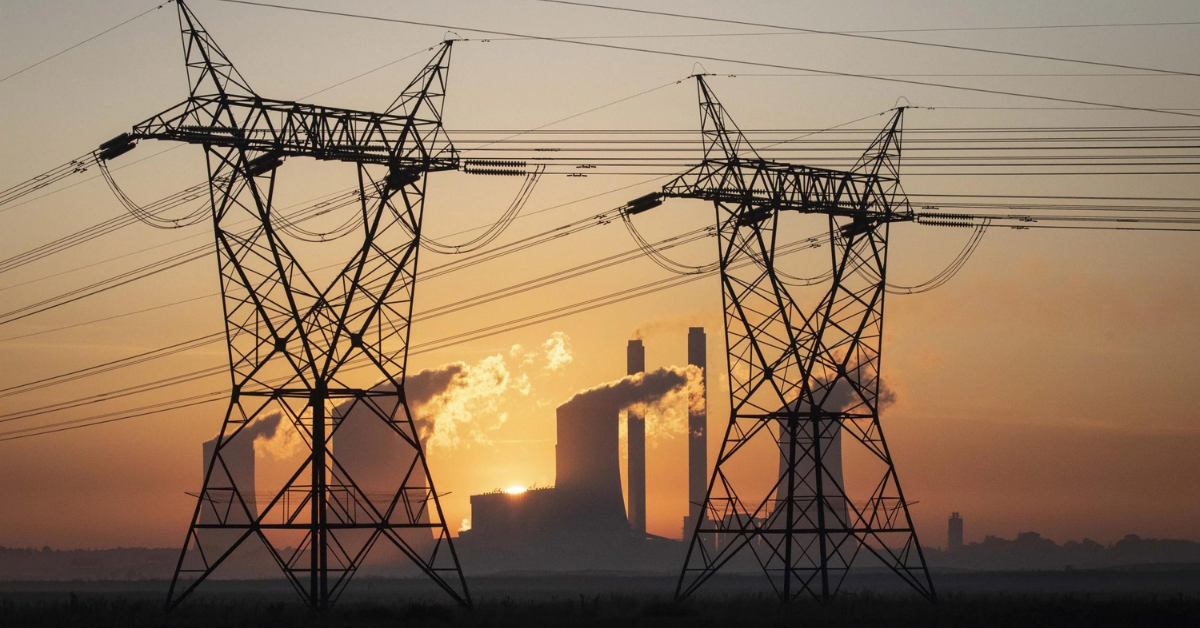
MzansiBuzz Fam – South Africa is no stranger to energy challenges, and the recent discussions around Stage 16 loadshedding guidelines have brought South Africa’s Energy Crisis into sharp focus. The approval of these guidelines by the National Rationalized Specifications Association of South Africa (NRS) has sparked widespread debate and raised important questions about the country’s energy resilience and management.
Table of Contents
The Purpose of Stage 16 Load Shedding Guidelines
At the heart of the matter is the need to prevent a national blackout or total collapse of the electricity grid during emergencies or periods of high demand. The Stage 16 load-shedding guidelines are part of a comprehensive strategy to manage the country’s energy resources effectively and ensure the stability of the power supply.
Role of the NRS Association
The NRS Association plays a crucial role in developing and implementing these guidelines. With a membership that includes key players in the energy sector such as the national regulator (NERSA), the South African Bureau of Standards, and major electricity utilities, the NRS Association brings together expertise and resources to address complex energy challenges.
Understanding Load Shedding Stages
Load shedding stages are a key aspect of the guidelines, representing the percentage of the national load that needs to be shed to prevent grid overload. For example, Stage 10 would involve shedding 50% of the load, while Stage 16 would require shedding 80%. These stages are designed to be proactive measures to avoid a complete grid collapse.
Implications of Stage 16 Load Shedding
In the event of reaching Stage 16 load shedding, approximately 80% of the national grid would experience power cuts for around 24 hours. While this may cause disruptions and inconvenience, it is a necessary step to maintain the overall stability of the electricity supply and prevent more severe consequences.
Addressing Public Concerns
There are understandable concerns among the public, especially in areas that have experienced prolonged power outages. However, it’s important to note that these guidelines are part of a broader strategy aimed at managing the energy system efficiently and minimizing the risk of widespread blackouts.
Conclusion
The Stage 16 load-shedding guidelines represent a proactive approach to managing South Africa’s energy crisis. By implementing these guidelines, authorities aim to strike a balance between meeting energy demand and safeguarding the integrity of the electricity grid. While challenges remain, ongoing efforts and collaboration within the energy sector are crucial for navigating through these complex issues and ensuring a reliable power supply for all South Africans.
Frequently Asked Questions about South Africa’s Energy Crisis
- What is Stage 16 load shedding?
Stage 16 load shedding is a level of electricity demand management where approximately 80% of the national grid’s load is shed to prevent a total collapse of the electricity grid during emergencies or periods of high demand. - How long would Stage 16 load shedding last?
In the event of Stage 16 load shedding, power cuts would typically last for around 24 hours. This duration may vary depending on the specific circumstances and the need to stabilize the grid. - Why does South Africa need Stage 16 load shedding guidelines?
South Africa faces challenges in maintaining a stable electricity supply, especially during peak demand periods or when facing operational constraints. The Stage 16 guidelines are a proactive measure to prevent grid overload and ensure the reliability of the power supply. - What are the implications of Stage 16 load shedding for consumers?
Consumers should be prepared for extended periods without electricity during Stage 16 load shedding. It’s advisable to have contingency plans in place, such as backup power sources or alternative arrangements for essential services. - How does Stage 16 load shedding compare to lower stages, such as Stage 4 or Stage 8?
Stage 16 load shedding involves a significantly higher percentage of load shedding compared to lower stages. For example, Stage 4 may require shedding 20% of the load, while Stage 8 could involve shedding 40%. Stage 16, at 80%, represents a more substantial reduction in electricity supply. - Can Stage 16 load shedding lead to a blackout?
While Stage 16 load shedding is a severe measure, it is designed to prevent a complete blackout or grid collapse. The guidelines are structured to maintain essential services and prevent widespread disruptions despite the significant reduction in power supply. - How does the NRS Association ensure compliance with Stage 16 load shedding guidelines?
The NRS Association works closely with regulatory bodies, electricity utilities, and stakeholders to ensure that the guidelines are implemented effectively. Compliance measures, monitoring systems, and regular assessments are part of the strategy to uphold the integrity of the load shedding process. - Are there plans to mitigate the need for Stage 16 load shedding in the future?
Efforts are underway to improve energy infrastructure, increase generation capacity, and promote energy efficiency measures. These initiatives aim to reduce the frequency and severity of load shedding across all stages, including Stage 16. - How can individuals and businesses contribute to reducing the impact of load shedding?
Energy conservation, smart usage practices, and investment in renewable energy technologies are ways that individuals and businesses can contribute to mitigating the effects of load shedding. By using energy responsibly and efficiently, everyone plays a part in supporting a more resilient energy system.
